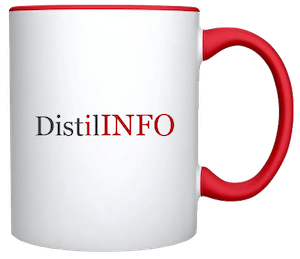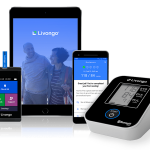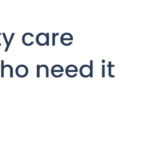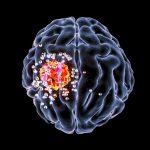Artificial intelligence has the potential to transform healthcare and automate key steps in the drug research and development process. With increasing and increasingly diverse data sources researchers are utilising AI to process and analyse data, with the aim of better understanding disease, drug targets and responses to therapies. AI’s potential to revolutionise healthcare is reflected not only in its adoption and the investment by big pharma but also by the healthcare divisions of tech giants such as Google and Microsoft. Yet we are just at the start of discovering AI’s power and possibilities and the smart companies will be the ones who learn fast from mistakes made along the way and understand that AI must always be used intelligently to ensure it works to improve the quality of patients’ lives in meaningful ways.
The advantages of AI for pharma and medicine are clear. To discover and develop drugs, successful research is dependent on understanding the effect a disease has on our biological systems. It is necessary to identify the molecules most likely to interact with relevant biologic targets and alter the pathophysiology of disease, a timely and expensive process which contributes to the over $1 billion pharma is estimated to spend on every drug it creates[1]. AI can examine vast quantities of unstructured data, at a rate well beyond the ability of humans to understand, significantly speeding up these processes and delivering vital time and cost savings to researchers. Understandably therefore, GlaxoSmithKline, Sanofi and Johnson & Johnson are amongst the many pharma companies already using AI in the discovery of new drugs.
AI has also demonstrated significant success in disease detection. In a recent study, Google’s Inception v4 AI programme was pitted against 58 international dermatology experts to compare their ability to detect melanoma cases.[2] Google’s AI software outperformed its human competition with a 95% identification success rate, compared with the 86.6% rate by the dermatologists. Importantly however, when given more information on the patient and their condition, the dermatologists performed better, suggesting that AI’s strength in this area currently still lies in augmenting human decision-making rather than replacing it.
This was also the case with Babylon Health, which earlier this year said its AI chatbot was able to diagnose medical conditions as accurately as a doctor. The firm’s chatbot scored a higher-than-average test score on a practice exam compiled for physicians. Babylon’s chatbot passed 82 percent of the test’s questions, versus the average mark for human doctors of 72 percent. However, this does not represent a real world scenario, so rightly, the Royal College General Practitioners disputed Babylon’s claims. The latter responded that it never claimed the app could do the job of a GP but instead supported a model where AI is complementary to medical practice.
Want to publish your own articles on DistilINFO Publications?
Send us an email, we will get in touch with you.
Recruiting eligible patients for clinical trials in a timely manner is an on-going challenge for Pharma and AI is increasingly being used to tackle this problem. AI software can analyse large volumes of medical data to source appropriate candidates for complex clinical trials in minutes, something that could take researchers using traditional recruitment methods months to achieve. The faster clinical trial participants can be recruited, the faster new cures can be found and drugs bought to market. It is estimated that AI could help create up to $13 billion in benefits by 2026 in terms of clinical trial participant identification alone[3].
The success stories of AI in modern healthcare continue, as practical implementations yield promising results. London’s Moorfield’s Eye Hospital recently announced the results of their research partnership with DeepMind, a google owned machine learning platform, for groundbreaking research into detecting eye diseases. The software, which was used to scan over 50 ophthalmological conditions was commended as it made correct diagnoses ninety four percent of the time.
With such promise however, there are calls for caution. Clinicians and health professionals warn that there ought to be skepticism regarding the omnipotent, omniscient nature of AI, contending that it cannot simply be seen as a replacement for doctors and medical practitioners.
At its core, the fundamental issue for AI is still highly dependent on the datasets used as part of the training process; Garbage in – garbage out applies to healthcare and pharmacovigilance just as it does to any other industry sectors. Use of AI within the high controlled and repeatable conditions of drug discovery is very different to the processing and analysis of ‘real world’ data with its inherent gaps and biases.
Increasingly given the drive for accelerated approvals particularly across oncology and immunotherapeutics, greater emphasis is being placed on proactive post-market safety surveillance. It is clear however that deficiencies in data quality cannot be rectified by post-processing; data has to be obtained first at source which will maximise the value of initial contact and in turn foster much more accurate safety signal detection and evaluation. Therefore, it is important that there is a proactive and universal system in place for the collection of accurate and standardised safety data across all intake routes for robust downstream signal detection systems augmented by AI.
Date: October 3, 2018
Source: EPMmagazine








